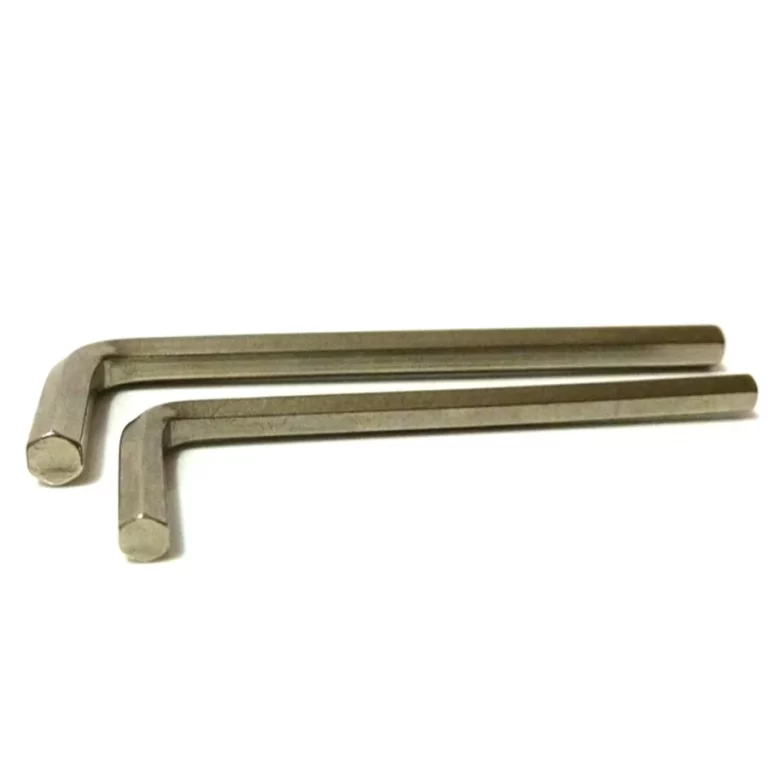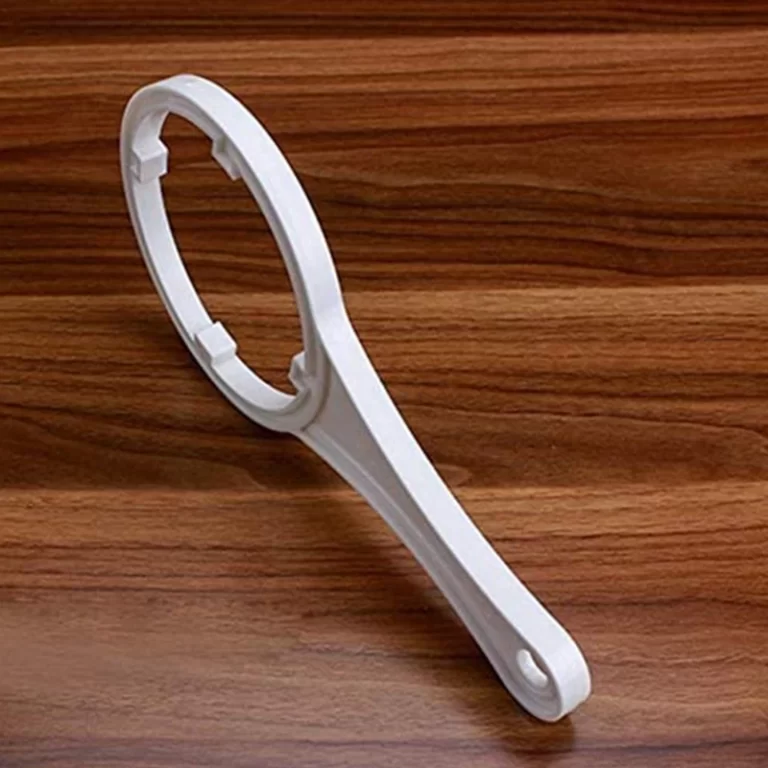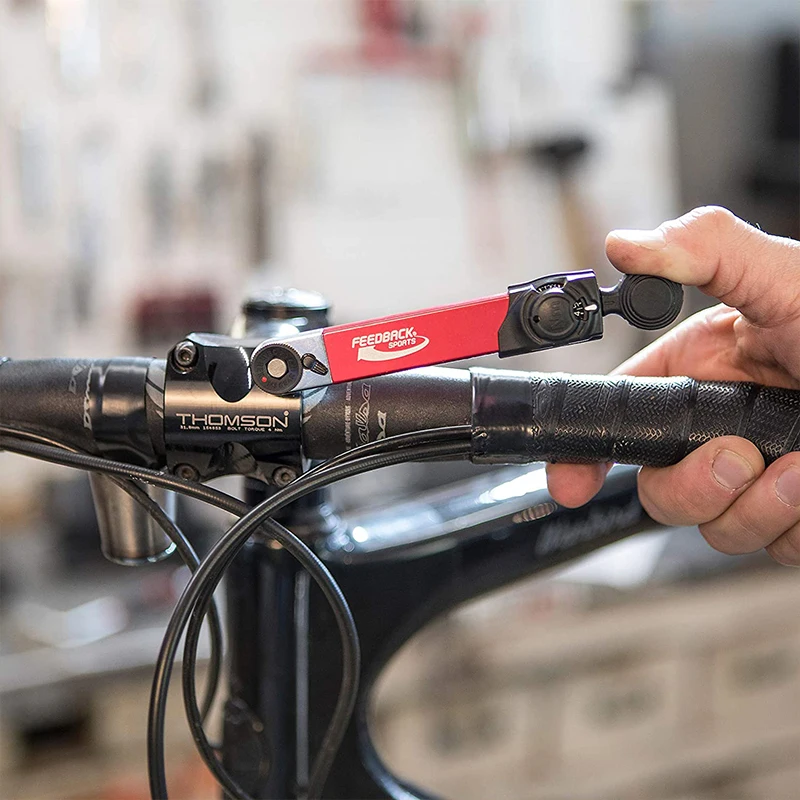
Best Bike Torque Wrenches for Home Mechanics and Pros
A bike torque wrench is a vital tool for any cyclist who values precision and safety. Modern bicycles use lightweight materials like carbon fiber, aluminum, and titanium. These materials are strong but sensitive to over-tightening. A small mistake can lead to cracked frames, stripped bolts, or broken components. That’s where a bike torque wrench comes in. It ensures every fastener is tightened to the manufacturer’s exact specification.
Moreover, using a bike torque wrench prevents costly damage. Components such as handlebars, stems, seat posts, and derailleurs require specific torque levels. Too little force causes parts to loosen during rides. Too much force leads to structural failure. By applying the correct pressure, you protect your investment and ensure rider safety.
Additionally, many high-end bikes now include torque specs in their manuals. Mechanics at shops use torque wrenches routinely. Home users should do the same. As DIY repairs grow in popularity, having the right tools becomes essential. A bike torque wrench bridges the gap between guesswork and accuracy.
Digital and analog models offer different benefits. Some feature preset limits. Others allow fine adjustments. Ratcheting heads improve access in tight spaces. Compact designs make them easy to store and carry.
Whether you’re a casual rider or a serious mechanic, owning a bike torque wrench improves maintenance quality. It adds confidence to every repair. Therefore, understanding its role helps cyclists maintain peak performance and avoid preventable failures.
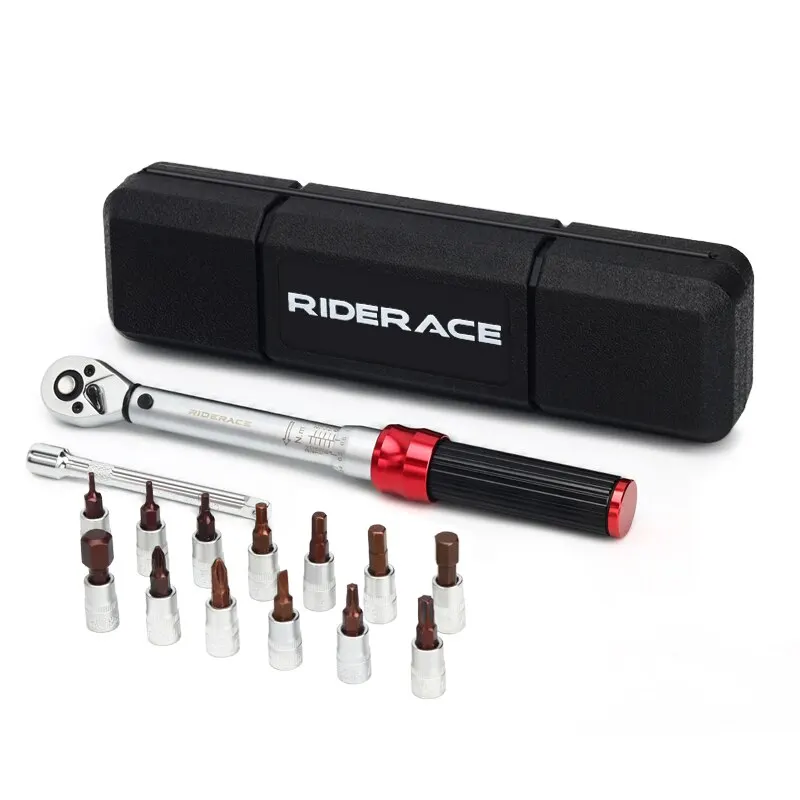 What is a Bike Torque Wrench?
What is a Bike Torque Wrench?
Definition and Purpose
A bike torque wrench ensures bolts are tightened to the correct specification. It measures torque, or rotational force, applied to bolts. This tool helps prevent overtightening and damage to bike components. It also ensures safety and optimal performance during rides. Different types of torque wrenches allow accurate measurements across varied applications. Cyclists rely on this tool for precise and secure adjustments.
Importance of Accurate Torque Settings
Accurate torque settings protect your bike from structural damage. Over-tightened bolts may crack or deform components. Under-tightened bolts may loosen during rides, posing safety risks. Following manufacturer’s torque recommendations preserves your bicycle’s integrity. Proper torque settings extend the lifespan of bike parts and enhance riding comfort. Using a bike torque wrench reduces maintenance costs caused by improper tightening techniques.
Types of Bike Wrenches
Choosing the right bike torque wrench involves understanding the different types available. Each type is designed for specific uses and accuracy levels. Familiarity with their features ensures you pick the best one for your needs.
Beam vs Click vs Digital Torque Wrenches
Beam torque wrenches are simple and affordable. They use a scale to measure torque directly. These are great for basic tasks but require a steady hand to ensure accuracy.
Click torque wrenches are more precise and user-friendly. They make an audible “click” sound when the desired torque is reached. These wrenches are ideal for everyday bike maintenance.
Digital torque wrenches offer advanced features like digital displays. These are highly accurate and allow for easy reading of torque values. Some models store settings for repeated use, making them excellent for professional-level adjustments.
Features to Look For in Each Type
Beam torque wrenches should have a clear and durable scale for readability. Look for strong materials and a comfortable grip.
Click torque wrenches should offer adjustable torque settings. Ensure the “click” mechanism is reliable and the handle is ergonomic.
Digital torque wrenches should provide easy-to-read displays and memory functions. Consider battery life and additional capabilities such as angle measurement.
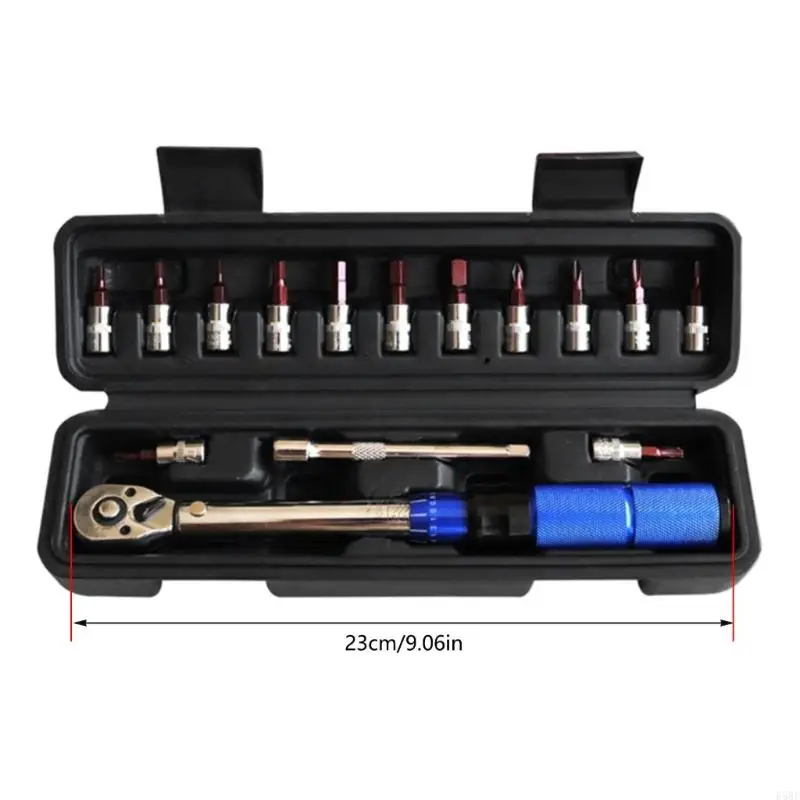 How to Choose the Right Torque Wrench for Your Bike
How to Choose the Right Torque Wrench for Your Bike
Choosing the perfect bike torque wrench depends on your bike type and specific needs. Understanding your requirements helps ensure accurate adjustments and effective maintenance.
Considerations for Different Bike Types
- Road Bikes: Road bikes often use lightweight components like carbon fiber. A digital or click torque wrench ensures precise adjustments without damaging delicate parts. Focus on wrenches capable of lower torque settings.
- Mountain Bikes: These bikes face rough terrain and require durable bolts and hardware. Choose a wrench with higher torque capacity to tighten bolts securely. Portable options are ideal for on-the-go repairs.
- Electric Bikes (E-Bikes): E-bikes have specialized parts, including motors and batteries. A precise digital torque wrench is essential. Verify that the wrench covers a wide torque range for various components.
- Hybrid and Commuter Bikes: These bikes need regular but simple maintenance. A user-friendly click wrench suffices for routine adjustments.
Factors to Keep in Mind (Material, Bolts, etc.)
- Material of Components: Lightweight materials like carbon fiber need precise tightening. Do not over-tighten to prevent damage.
- Size and Type of Bolts: Identify commonly used bolt sizes on your bike. Ensure the wrench fits these bolts.
- Torque Range: Match the wrench’s torque range with the manufacturer’s specifications. Most bike components require 3–15 Nm settings.
- Portability: For cycling enthusiasts or frequent travelers, compact and portable wrenches are invaluable.
- Ease of Use: Select a wrench that is simple to read and operate. Clear markings or digital displays enhance user experience.
- Price and Durability: Balance affordability and build quality. Invest in a wrench with durable materials for long-term use.
By considering these factors, selecting the right bike torque wrench becomes straightforward. It ensures precise and safe adjustments for every ride.
Setting Correct Torque Values
Properly setting the torque values is crucial for safe and efficient bike maintenance. Each bolt on your bike has a specific torque requirement, ensuring optimal performance and preventing damage. Understanding these values is important to make precise adjustments.
Understanding Manufacturer Recommendations
Manufacturers provide torque specifications for bolts and components in their manuals. These specifications indicate the ideal torque range to use. Exceeding this range may damage components, especially on lightweight bikes like road bikes. Installers can usually find torque values near bolts or in the bike’s user guide.
Follow the instructions closely to avoid over- or under-tightening. If unsure, consult the manufacturer or a professional bike mechanic. Always double-check the manual when working with new or unfamiliar bike parts.
Common Torque Specs for Bicycle Components
Different parts of a bicycle require specific torque settings. Here are common specifications:
- Seat Post Clamps: 4–6 Nm
- Handlebars and Stems: 5–10 Nm
- Brake Calipers: 6–8 Nm
- Chainring Bolts: 8–12 Nm
- Cassette Lockring: 30–50 Nm
- Pedals: 35–55 Nm
Every bike brand and model can differ, so verify the numbers in the manual first. High-torque areas like pedals and cassettes need extra care. Low-torque components like carbon handlebars can be fragile if overtightened.
Using the correct bike torque wrench ensures these values are accurate. Mistakes could lead to part failure or safety hazards during a ride.
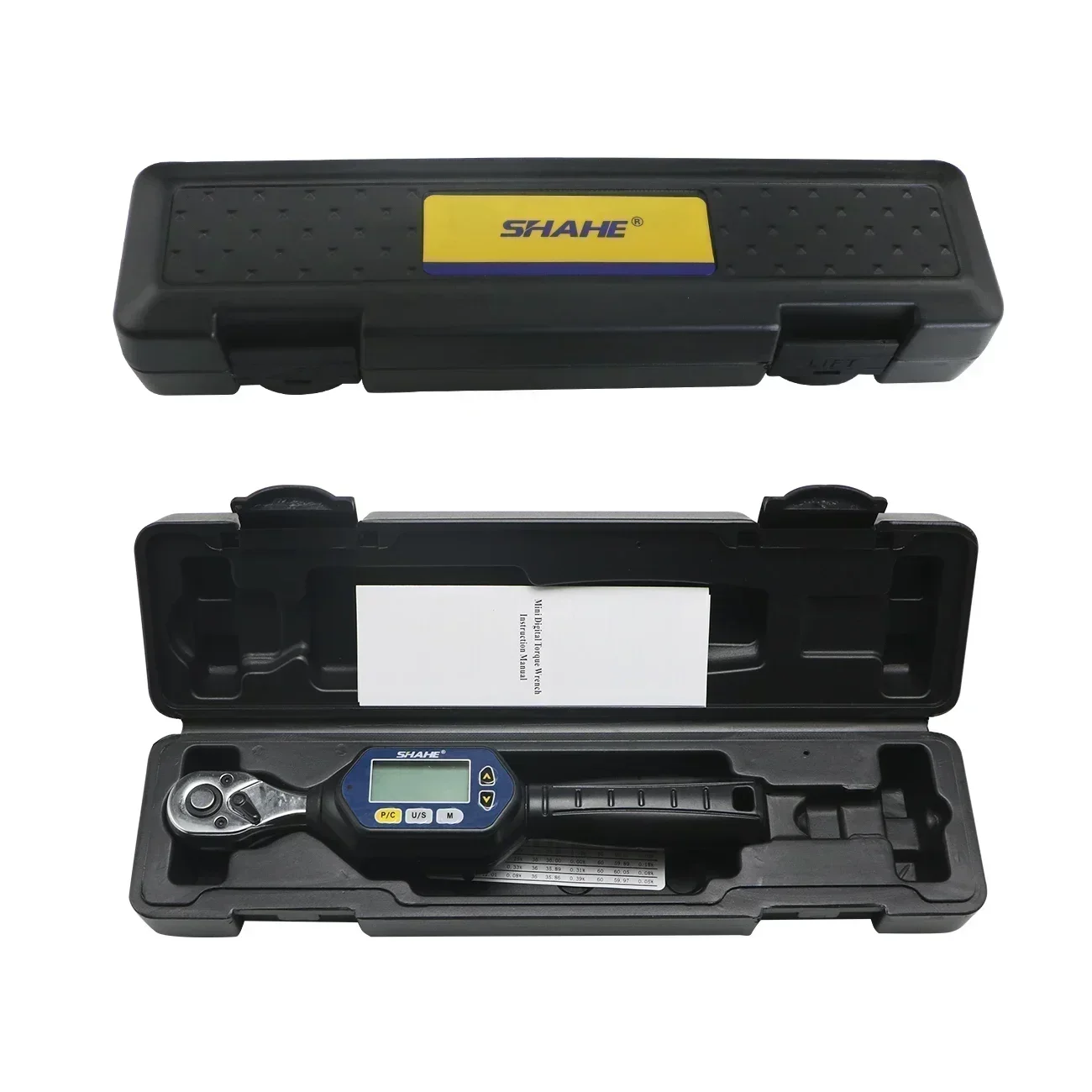 Proper Usage of a Bike Wrench
Proper Usage of a Bike Wrench
Correct usage of a bike torque wrench ensures safety and prevents damage to bike parts. Following a proper method helps achieve accurate results and prolongs the lifespan of your bike components.
Step-by-Step Instructions
- Identify the Torque Requirement: Check the manufacturer’s manual for the recommended torque values.
- Set the Torque: Adjust the torque wrench to the required setting using its scale or digital interface.
- Attach the Proper Bit: Select the correct size and type of bit for the bolt you are tightening.
- Position the Wrench: Place the wrench on the bolt head, ensuring it’s aligned correctly.
- Apply Force Gradually: Turn the wrench slowly and steadily until you reach the set torque.
- Listen or Observe: For click wrenches, listen for the “click” sound. For other types, monitor the gauge or display.
- Do Not Overtighten: Stop immediately once the desired torque is reached to avoid damaging components.
Tips for Avoiding Common Mistakes
- Double-Check Torque Values: Always confirm the required torque for each bolt before starting.
- Use the Right Tool: Ensure your wrench is suitable for the type and size of the bolts.
- Practice Consistency: Apply force steadily, avoiding sudden movements or jerks.
- Inspect the Wrench: Check your wrench for wear or damage before each use.
- Recalibrate Regularly: Regular calibration ensures the accuracy of torque settings over time.
- Avoid Using Extensions: Using leverage tools like pipe extensions can lead to over-tightening.
- Store Properly: Clean and store the wrench in a dry place after use to maintain its condition.
By following these steps and tips, using a bike torque wrench becomes simple and effective. Proper usage ensures your bike remains safe, efficient, and ready for any ride.
Maintenance and Calibration of Torque Wrenches
Proper maintenance and calibration of torque wrenches are essential to ensure consistent and accurate results. Regular care extends the tool’s lifespan and improves its reliability.
Importance of Regular Calibration
- Ensures Precise Torque Settings: Calibration ensures the wrench provides accurate torque values every time.
- Prevents Damage to Bike Parts: Misaligned torque readings can over-tighten or under-tighten bolts, damaging components.
- Maintains User Safety: Proper calibration reduces the risk of bolt failure during rides.
- Improves Tool Longevity: Regular adjustments prevent wear and tear on internal mechanisms.
- Recommended Frequency: Most manufacturers suggest calibration every 6-12 months or after heavy use.
How to Store and Maintain Your Torque Wrench
- Clean After Use: Wipe the tool with a dry cloth to remove dirt and grease.
- Avoid Over-Tightening: Never exceed the wrench’s maximum torque setting.
- Store in a Dry Place: Keep the wrench away from moisture to prevent rust.
- Use Original Case: Store the wrench in its protective case to prevent damage.
- Handle with Care: Avoid dropping the tool, as impacts may affect precision.
- Check for Wear: Inspect the wrench for cracks, dents, or loose parts regularly.
- Professional Calibration: Have the wrench recalibrated by an expert using specialized equipment.
Proper maintenance and calibration ensure your bike torque wrench remains reliable and effective for years.
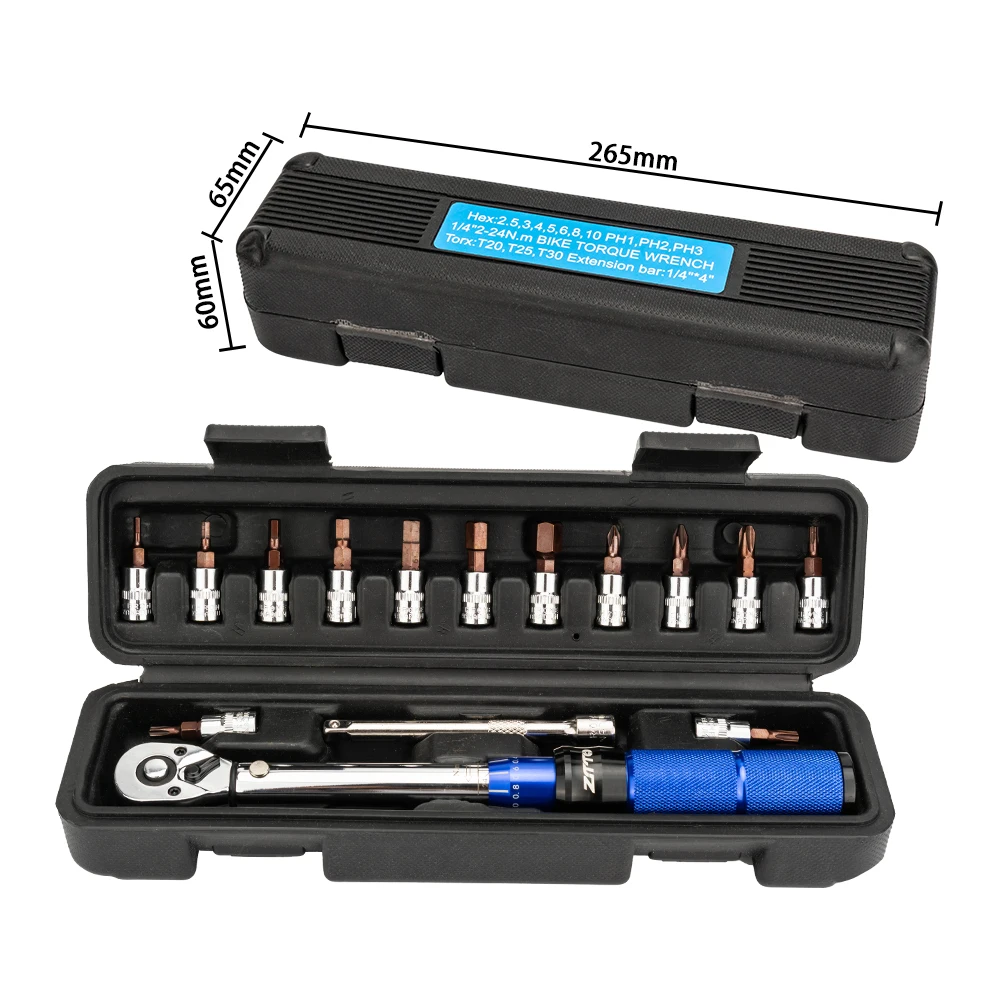 Best Bike Wrenches on the Market
Best Bike Wrenches on the Market
Choosing a reliable bike torque wrench ensures proper maintenance and the safety of your bike components. Here are some available options to fit various needs and budgets.
Top-Rated Brands and Models
- Park Tool TW-6.2 Ratcheting Torque Wrench
- Torque Range: 10–60 Nm.
- Known for durability and precision.
- Ideal for higher torque applications, such as pedals and cranksets.
- Pro Bike Tool Adjustable Torque Wrench Set
- Torque Range: 2–20 Nm.
- Comes with multiple bits for flexibility.
- High accuracy makes it perfect for lightweight, sensitive bike parts.
- Shimano TL-TW10 Beam Torque Wrench
- Torque Range: 3–15 Nm.
- Affordable and simple to use.
- Recommended for everyday maintenance tasks.
- VENZO Bike Torque Wrench Kit
- Torque Range: 2–24 Nm.
- Includes common bits and accessories.
- Highly rated for portability and ease of use.
Budget-Friendly Options
- LEXIVON 1/4 Inch Click Torque Wrench
- Torque Range: 5–22 Nm.
- Affordable price without compromising accuracy.
- Comfortable grip for smooth operations.
- EPAuto Click Torque Wrench
- Torque Range: 5–20 Nm.
- Economical and perfect for beginners.
- Includes a sturdy case for storage.
- TEKTON 1/4 Inch Drive Click Torque Wrench
- Torque Range: 1–15 Nm.
- Lightweight with simple adjustment features.
- Offers great value for everyday tasks.
Selecting the right torque wrench depends on your bike and personal preferences. Top-rated options often balance precision and durability, while budget models offer functionality at affordable prices.
Frequently Asked Questions
Why is Using a Torque Wrench Necessary?
Using a bike torque wrench is crucial for safe and precise tightening of bolts. It prevents over-tightening, which can crack components, and under-tightening, which may lead to loose parts. Ensuring proper torque settings enhances the lifespan of bike parts. Lightweight materials, like carbon fiber, demand precise torque to avoid damage. A torque wrench helps meet manufacturer specifications, ensuring reliability and safety during rides. Regular use reduces maintenance costs caused by improper tightening techniques.
How Often Should a Torque Wrench Be Calibrated?
Calibration ensures your wrench delivers accurate torque readings. Manufacturers recommend calibrating every 6–12 months or after heavy use. Frequent calibration is essential for professional mechanics who use the wrench daily. Amateur cyclists can stick to the annual schedule if their usage is light. Calibration helps avoid torque inaccuracies, which may damage bike components or compromise safety. Always use a professional service for precise calibration. Proper maintenance, like storing the wrench safely, can extend the tool’s calibration accuracy.
 Final Thoughts
Final Thoughts
A bike torque wrench continues to prove its worth in every garage and saddlebag. From preventing catastrophic failures to ensuring smooth performance, it plays a critical role in modern cycling. Whether you’re adjusting a seat post or building a new frame, precision matters. Using a bike torque wrench removes doubt and guarantees safety. As bikes evolve with advanced materials and tighter tolerances, this tool becomes indispensable. It empowers riders to maintain their machines with confidence. Therefore, investing in a quality bike torque wrench is not just smart—it’s essential. Explore options, choose the right type, and make every turn count. After all, true reliability starts with the right amount of force—and a bike torque wrench delivers that perfectly.
